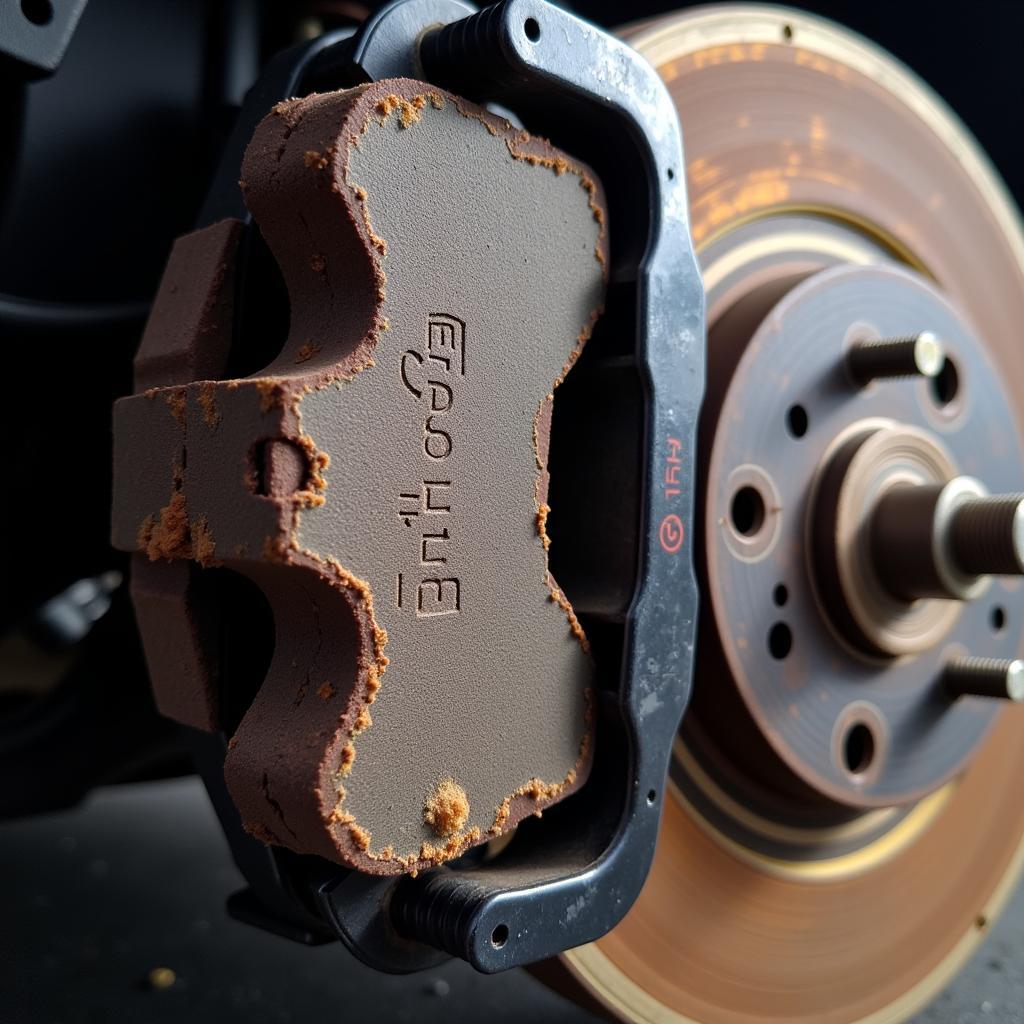A parasitic draw, also known as a “phantom load” or “key-off drain,” can silently drain your car battery, leaving you stranded. This guide explains how to test for parasitic draw on car battery, empowering you to diagnose and fix the problem yourself. Learn the tools, techniques, and steps involved in identifying and eliminating those sneaky energy thieves. jeep battery keeps dying
Understanding Parasitic Draw
A parasitic draw occurs when a circuit in your vehicle continues to draw power even after the ignition is turned off and the key is removed. This can be caused by a faulty component, a stuck relay, or even a glove box light that doesn’t turn off completely. Over time, even a small draw can deplete your battery, leading to starting problems and other electrical issues.
Tools and Materials Needed
Before you begin testing for parasitic draw on car battery, gather the following tools:
- Digital Multimeter: This is essential for measuring current draw.
- Test Leads: Make sure your test leads are in good condition and securely connected to the multimeter.
- Battery Charger (optional): Useful for recharging the battery after testing.
- Wiring Diagram (optional): Can help identify the affected circuit.
- Protective Gloves and Eyewear: Safety first!
How to Test for Parasitic Draw on Car Battery: Step-by-Step Guide
-
Prepare Your Vehicle: Park your car in a safe location and turn off all accessories, lights, and the ignition. Close all doors and ensure the car is in a state as if it were parked overnight.
-
Disconnect the Negative Battery Cable: This isolates the battery from the vehicle’s electrical system.
-
Connect the Multimeter: Set your multimeter to measure DC amps (usually denoted by “A” or “mA”). Connect the red lead to the disconnected negative battery cable and the black lead to the negative battery terminal.
-
Observe the Reading: A small current draw (typically less than 50mA) is considered normal. A reading significantly higher than this indicates a parasitic draw. car battery loses charge quickly
-
Isolate the Circuit: If you have a high reading, begin isolating the circuits by removing fuses one at a time. Observe the multimeter reading after removing each fuse. If the reading drops significantly, you have identified the circuit containing the parasitic draw.
-
Pinpoint the Culprit: Within the affected circuit, check individual components, wiring, and relays for faults. Use the wiring diagram to help you navigate the circuit. car battery dies in accessory mode
“A common mistake is assuming a new battery solves the problem. Always test for parasitic draw if you experience recurring battery drain,” advises John Smith, Automotive Electrical Engineer at Advanced Auto Diagnostics.
Common Causes of Parasitic Draw
- Interior Lights: A faulty switch or door latch can prevent interior lights from turning off completely.
- Radio: A malfunctioning radio can continue to draw power even when turned off.
- Alarm System: A faulty alarm system can be a significant source of parasitic draw.
- Faulty Wiring: Damaged or corroded wiring can cause shorts and unwanted current flow. 2010 dodge journey battery problems
Conclusion
Testing for parasitic draw on car battery is a crucial skill for any car owner. By following these steps, you can identify and eliminate the underlying cause of battery drain, saving you time, money, and frustration. Remember to always prioritize safety when working with car batteries. diehard gold battery life
“Regularly checking for parasitic draw can extend your battery’s lifespan and prevent unexpected starting problems,” adds Maria Garcia, Lead Technician at Auto Electrical Solutions.

